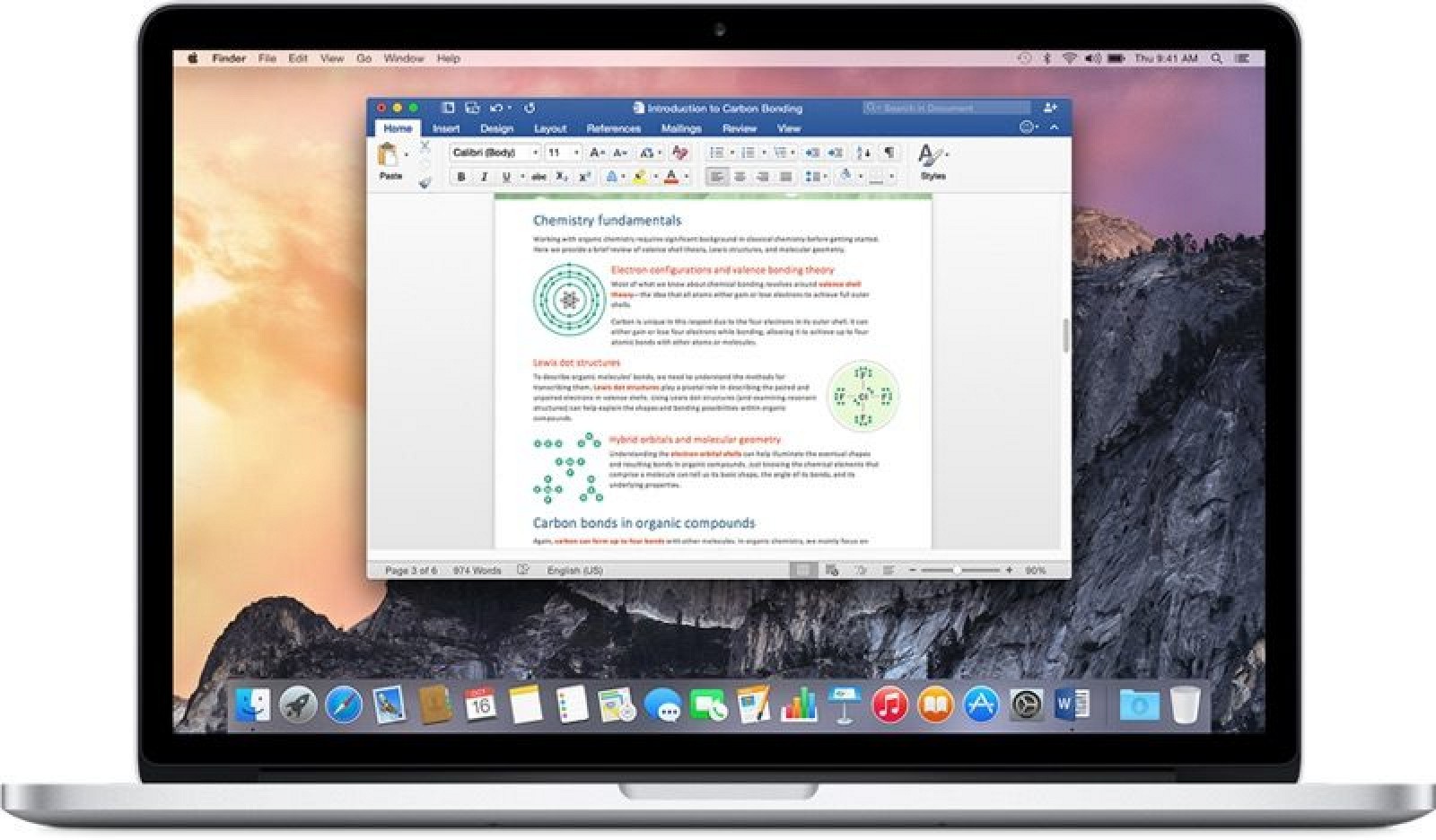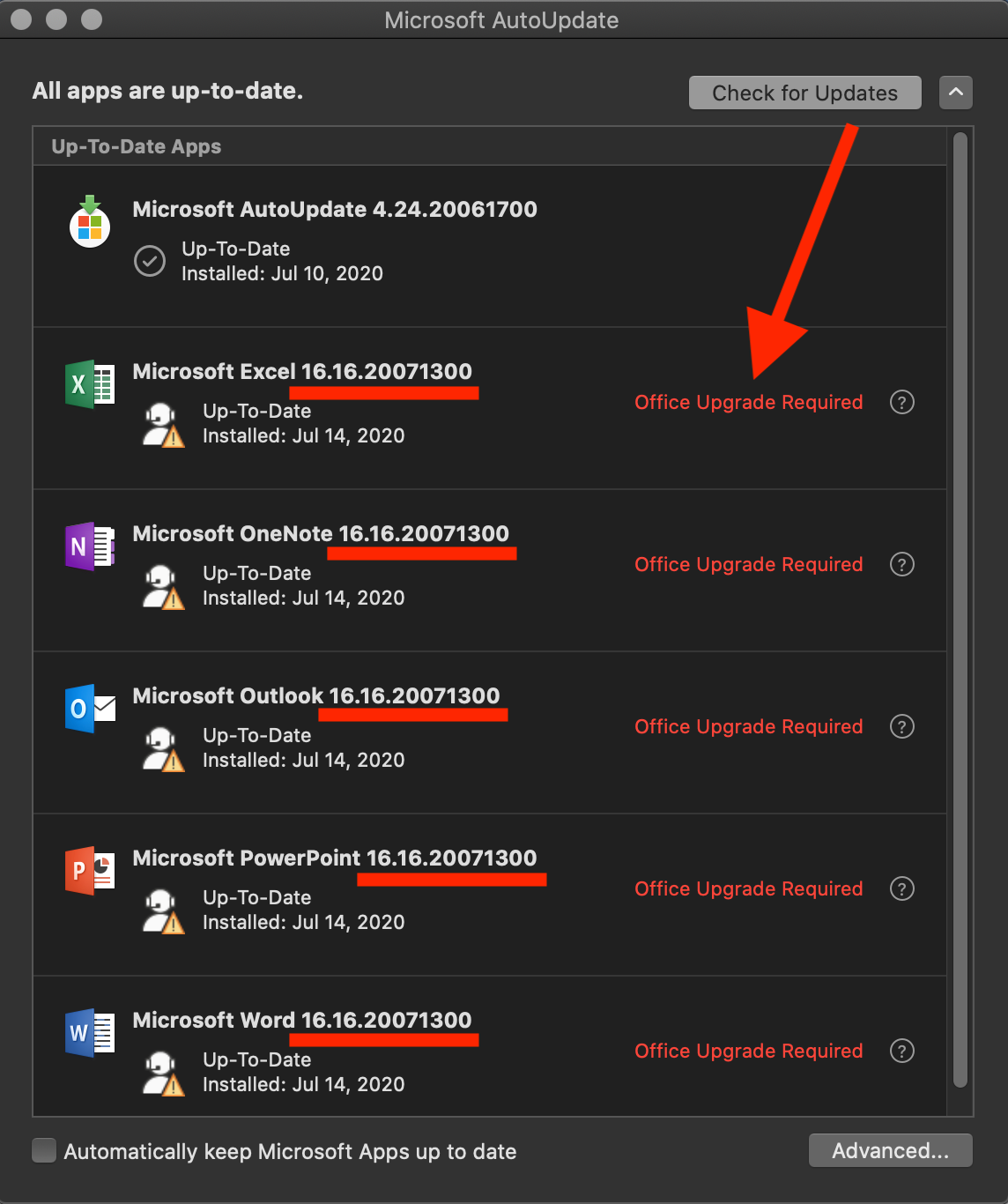Office 2016 For Mac Support
- Support for Office 2016 for Mac ended on October 13, 2020. Upgrade to Microsoft 365 to work anywhere from any device and continue to receive support.
- Support for Office 2016 for Mac will end on October 13, 2020. Rest assured that all your Office 2016 apps will continue to function—they won't disappear from your Mac, nor will you lose any data. But here's what the end of support means for you: You'll no longer receive Office 2016 for Mac software updates from Microsoft Update.
Office 2010 is one of the most popular versions of the venerable office suite. In fact, as recently as 2017, a survey showed it was in use among 83% of organizations around the world. In spite of that, Microsoft has officially ended support for Office 2010, as well as the corresponding Office 2016 for Mac. Microsoft today release a new update for its Office 2016 for Mac apps, introducing small performance improvements, bug fixes, and 64-bit support across the Office lineup.
-->As of October 13, 2020, only these versions of Office are supported for connecting to Office 365 (and Microsoft 365) services:
- Microsoft 365 Apps for enterprise (previously named Office 365 ProPlus)
- Microsoft 365 Apps for business (previously named Office 365 Business)
- Office 2019, such as Office Professional Plus 2019
- Office 2016, such as Office Standard 2016

Examples of Office 365 services include Exchange Online, SharePoint Online, and OneDrive for Business.
For Microsoft 365 Apps, you must be using a supported version. For a list of which versions are currently supported, see Update history for Microsoft 365 Apps.
Important
We won’t take any active measures to block other versions of the Office client, such as Office 2013, from connecting to Office 365 services, but these older clients may encounter performance or reliability issues over time.
Impact of using older Office clients to connect to Office 365 services
After October 13, 2020, ongoing investments to our cloud services will not take into account older Office clients. Over time, these Office clients may encounter performance or reliability issues. Organizations that use these older clients will almost certainly face an increased security risk and may find themselves out of compliance depending upon specific regional or industry requirements.
Therefore, administrators should update older Office clients to versions of Office supported for connecting to Office 365 services.
Upgrade resources available to administrators
We recommend that you upgrade older Office clients to a subscription version of the Office client, such as Microsoft 365 Apps for enterprise. The most up-to-date subscription versions of the Office client are always supported connecting to Office 365 services.
We provide various services to help you upgrade to subscription versions of the Office client. The following list provides some examples of resources that are available:
- Microsoft FastTrack, for migration and deployment assistance from Microsoft experts.
- App Assure, for assistance from Microsoft with application compatibility issues.
- Deployment guide for Microsoft 365 Apps, for technical documentation.
- Product lifecycle dashboard and upgrade readiness dashboard, for users of Microsoft Endpoint Configuration Manager (current branch).
- Readiness Toolkit for Office add-ins and VBA, to help identify potential issues with add-ins and VBA macros used in your organization.

Upcoming changes related to connectivity to Office 365 services
Retirement of TLS 1.0 and 1.1
After October 15, 2020, you must be using at least TLS 1.2 to connect to Office 365 services. For more information, see TLS 1.0 and 1.1 deprecation for Office 365 and Preparing for TLS 1.2 in Office 365 and Office 365 GCC.
Microsoft Office For Mac Support
Basic authentication with Exchange Online
There are some changes planned related to the use of Basic Authentication with Exchange Online. For more information, see Basic Authentication and Exchange Online – April 2020 Update.
Retirement of Skype for Business Online
Microsoft Office For Mac 2016
Skype for Business Online will be retired on July 31, 2021. For more information, see Skype for Business Online retirement.
Additional information about connectivity to Office 365 services
- Versions of Office 2019 and Office 2016 will be supported for connecting to Office 365 (and Microsoft 365) services until October 2023.
- Connecting to Office 365 services using Office 2016 for Mac isn’t supported. That’s because Office 2016 for Mac reached its end of support on October 13, 2020.
- This information about connecting to Office 365 services also applies to Project and Visio.
- This information about connecting to Office 365 services does not apply to InfoPath 2013 or SharePoint Designer 2013.
- For end of support dates for different versions of Office on various versions of Windows, see the Office configuration support matrix.
- To discuss or learn more about end of support for Office versions, visit Microsoft Office End of Support on the Microsoft Tech Community.
Microsoft Office 2016 on a MAC makes it easier than previous versions to work with Word, Excel, and PowerPoint files located in the Office 365 OneDrive for Business or SharePoint sites. These instructions show you how to obtain Office 2016 and start using it with Office 365.
Any Lesley user (not just those on a MAC) can download Office 2016 from the Office 365 website.
Office 2016 For Mac End Of Life
1 | Log into http://www.lesley.edu/office365 with your Lesley email address and password. | |
2 | In the top-right corner, select the gear icon then “Office 365 settings.” | |
| 3 | Select the Software section on the settings page. | |
| 4 | Click the Install button. | |
| 5 | At the end of the installation, Word should start automatically. Click “Get started.” | |
| 6 | Click “Sign In.” | |
| 7 | Enter your Lesley University email address and click 'Next.' | |
8 |
| |
| 9 | Choose your desired theme and click Continue. | |
| 10 | Click “Start Using Word.” |